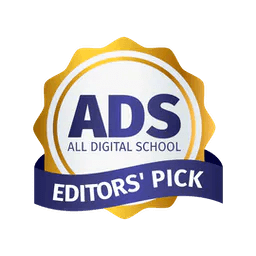Teachers should consider this principle if… they would like to build student capacity to effectively engage with teacher feedback.
Traditionally, the influence of feedback on learning has been viewed as a process of cause and effect. Essentially once feedback is received, learning will follow. However, contemporary research proposes that a student’s level of ‘feedback literacy’ (Carless & Boud, 2018) will dictate how effectively they engage with a teacher’s feedback. Feedback literacy refers to a student’s capacity to appreciate feedback, make judgments about that feedback, and manage the effect of that feedback. These three elements combined, result in the student taking appropriate action.
In order to enhance learning and optimize the response to feedback, teachers must develop feedback literacy in the classroom. The most compelling aspect of feedback literacy is that they can build this capacity in their students from task to task, from grade level to grade level, and between teachers. Based on this, teachers can collectively build student feedback literacy over time to enhance their learning outcomes.
When this principle is in action:
The teacher…
– Builds the pre-conditions for feedback literacy by linking lessons to learning goals, criteria for success, exemplars, and strategies to improve.
– Discusses the importance of feedback in learning, and the role of the teacher in providing critical feedback to support learning.
– Models to students how to respond to teacher feedback, and what to do if they don’t understand the feedback that has been provided to them.
– Provide explicit opportunities for students to apply the feedback they receive in a subsequent task.
– Supports student conversations about learning so they can continue this feedback dialogue in absence of the teacher.
– Keyset can easily insert links to reteaching videos and class resources that enhance student feedback literacy with the touch of a button.
The student…
– Recognizes that feedback is crucial to learning.
– Views constructive feedback as an opportunity for growth, and not a threat to their sense of self.
– Understands the feedback, and knows what to do next time as a result of that feedback.
– Can engage with peers in a dialogue about feedback in the classroom.
Resources:
Student feedback literacy
https://www.youtube.com/watch?v=-_tmbghjcaQ&t=101s
Development of feedback literacy
https://srhe.tandfonline.com/doi/pdf/10.1080/02602938.2018.1463354?needAccess=true
A scholarly approach to solving the feedback dilemma in practice

